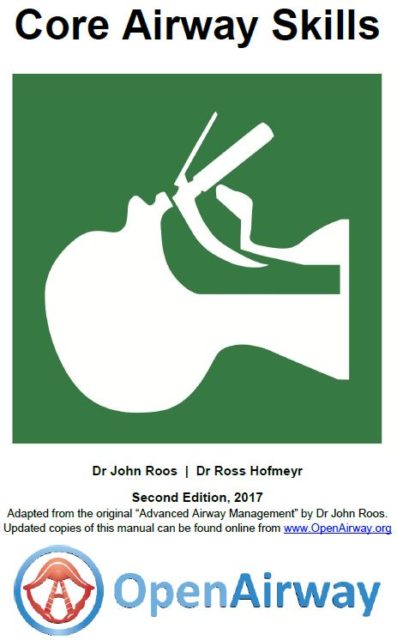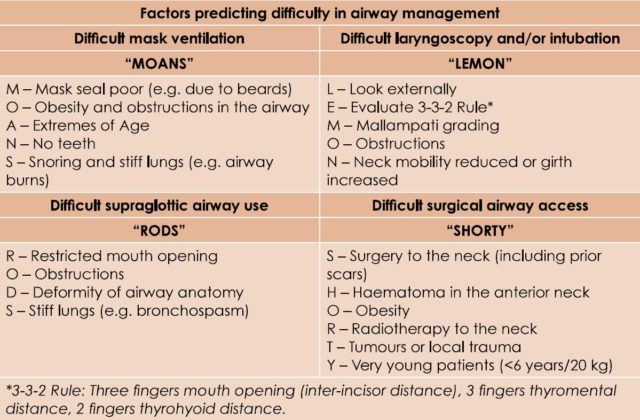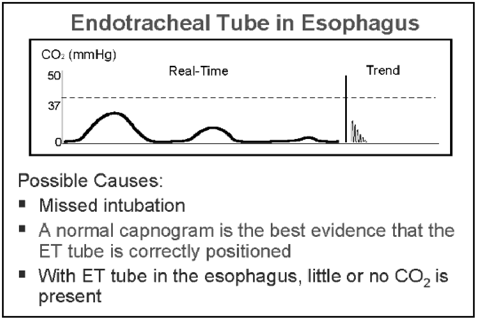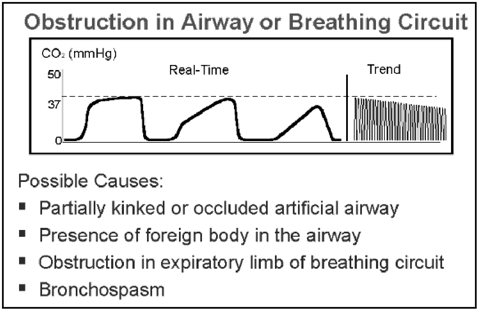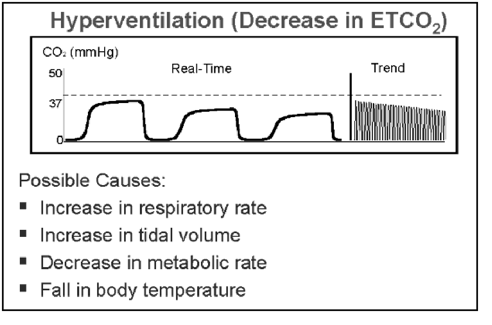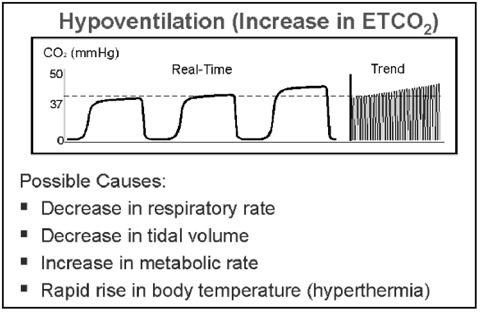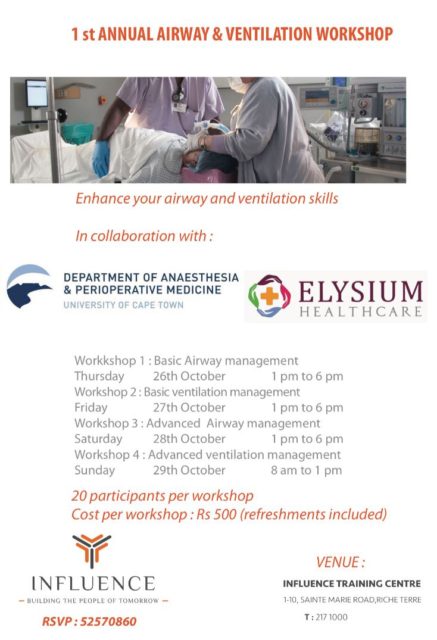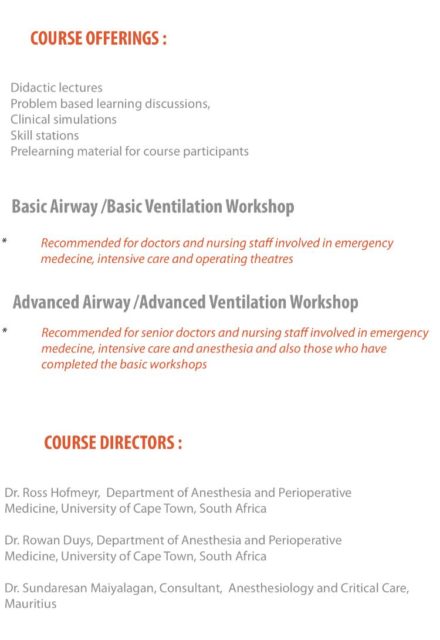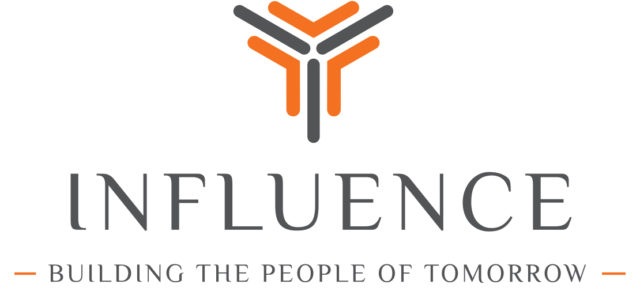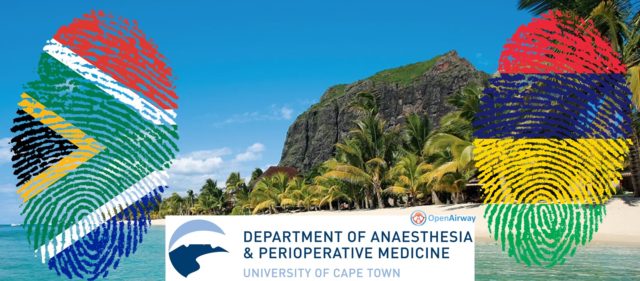Welcome! This page serves as a repository for materials and references for the First Annual Mauritius Airway & Ventilation Workshops hosted on the island in October 2017 with kind assistance of Elysium Healthcare, ChemTech, Drager and Storz.
The reference book for the workshops is the “Core Airway Skills” manual, adapted from “Advanced Airway Management” by Dr John Roos and Dr Ross Hofmeyr. You can download the second edition of the manual free here:
Core Airway Skills Manual – Mauritius 2017 (v2.0.3)
Pre-learning
To help you prepare and get the most the workshops, we have prepared some prelearning material on this page. Try to at least work though the section(s) for the workshop(s) you are attending. You don’t need to read the whole book – it is here as a reference for you to use before and after! There are many additional resources – including training videos which you can make use of to prepare for the workshops if you want to learn more – available here on OpenAirway. See the relevant page links:
- Face-mask ventilation
- Laryngoscopy & intubation
- Bonfils use
- Supraglottic airways
- Front-of-neck/surgical airway
Basic Airway Workshop
Airway assessment: Download and read the initial section on “Airway Assessment and Predicting Difficulty of the following short chapter from the Handbook of Anaesthesia & Critical Care: Hofmeyr – Preventing Airway Disasters
Do you use a checklist/cognitive aid/mnemonic to help you perform rapid bedside airway assessment?
Read through the following notes on induction agents and muscle relaxants:
Basic Ventilaiton Workshop
Introduction to capnography by Dr Rowan Duys:
What do you know about capnography as a tool to aid effective ventilation? Visit the free capnography tutorial and then take the interactive quiz hosted by Medtronic, which includes live waveforms. You can use these for reference as well (via KIDocs; original source unknown):
Advanced Airway Workshop
FONAR: Front of Neck Airway Rescue
Watch these videos to review FONAR techniques:
If you want perspective on the debate between needle and scalpel as first approach to FONAR in a CICO situation, here is some good reading on the subject:
- Why you should consider a needle first: Timmermann A, Chrimes N, Hagberg CA. Need to consider human factors when determining first-line technique for emergency front-of-neck access. British Journal of Anaesthesia. 2016. DOI: 10.1093/bja/aew107
- Never send a needle to do a blade’s work: Baker PA, O’Sullivan EP, Kristensen MS, Lockey D. The great airway debate: is the scalpel mightier than the cannula? British Journal of Anaesthesia2016; 117 (suppl_1): i17-i19. doi: 10.1093/bja/aew219
- Don’t fool yourself: we’re all guessing about the right technique and location anyway: Law JA. Deficiencies in locating the cricothyroid membrane by palpation: We can’t and the surgeons can’t, so what now for the emergency surgical airway? Canadian Journal of Anaesthesia 2016;63(7):791-6.
Airway Endoscopy
Review this video:
To learn more about the physics and construction of endoscopic airway equipment, you can access these notes, written for the UCT FCA 1 Refresher in 2017:
Advanced Ventilation Workshop
Visit the free capnography tutorial and then take the interactive quiz hosted by Medtronic, which includes live waveforms.
To learn more, you can use these capnography resources:
- Capnography.com is the grandfather of free online capnography resources, and has lots of detailed information.
- Download a quick-reference PDF for your smartphonecapnography_quickguide
- Life in the Fast Lane – Waveform Capnography
- KIDocs – EtCO2 for the non-anaesthetist
Watch the video below by Dr Rick Grisoli, which gives a great overview of double-lumen endotracheal tubes (DLTs), including some of the problems with positioning. Note that the technique of advancing the DLT over a paediatric bronchoscope should be used with caution, as it can risk damage to the scope. An alternative method is to place the DLT clinically and then confirm/adjust position with a bronchoscope.
Specific Skills
Specific learning materials are available for each of the practical stations. Click any of the links below to access:
Videolaryngoscopy
- As an introduction/overview, study this poster: State of the Art – Videolaryngoscopy (EMSSA 2013)
- Review the two videos by Dr Kenneth Greenland on understaning airway geometry
- Read this excellent article on “Redirecting Videolaryngoscopy” by George Kovacs and Adam Law to understand how to optimise the geometry of the airway when using VL
- For further information on the CMAC VL system used on the course, you can download/read the book here
Rescue intubation through supraglottic airways
Watch these videos:
There is extensive further information and useful training videos on the supraglottic airway (SGA) page here on OpenAirway
Paediatric intubation
For reference materials on paediatric difficult airways, you can download this file:
Paediatric difficult airway reference materials
For more images and ideas, browse these two presentations:
Rigid optical/video stylets
- Review the materials available on the Bonfils page here on OpenAirway
- For an indepth discussion of the topic, download/read the Piehpo & Nobbins – Bonfils Intubating Endoscope – Silver Book
Thanks!
This series of workshops would not be possible without the academic support of the Department of Anaesthesia & Perioperative Medicine, Faculty of Health Sciences, University of Cape Town, and logistical support of Elysium, ChemTech, Drager and Storz – thank you!

